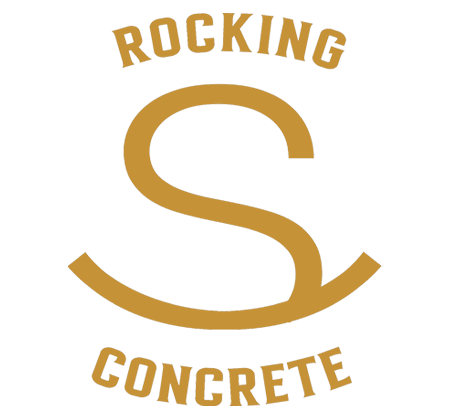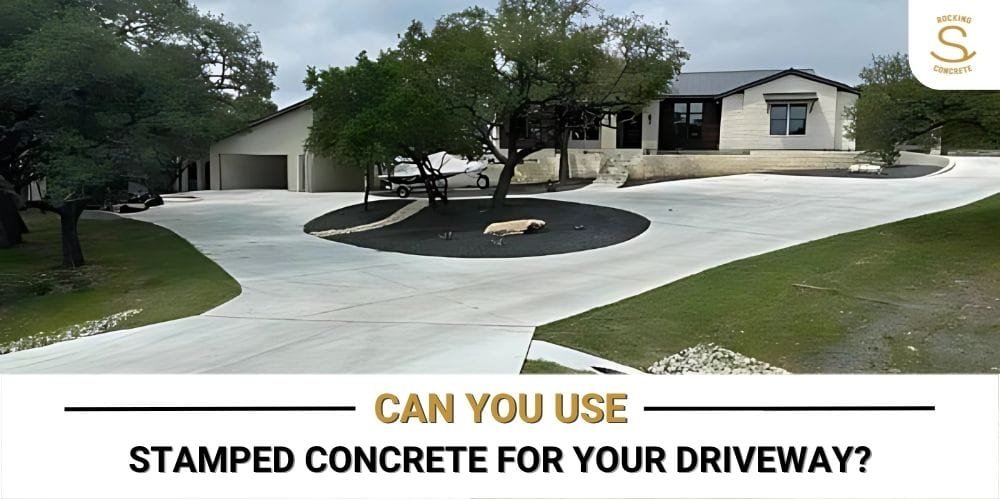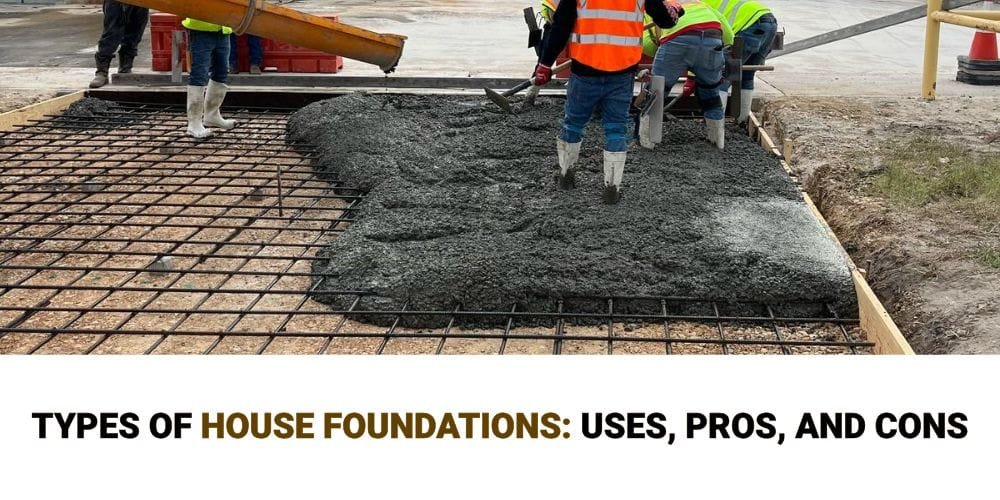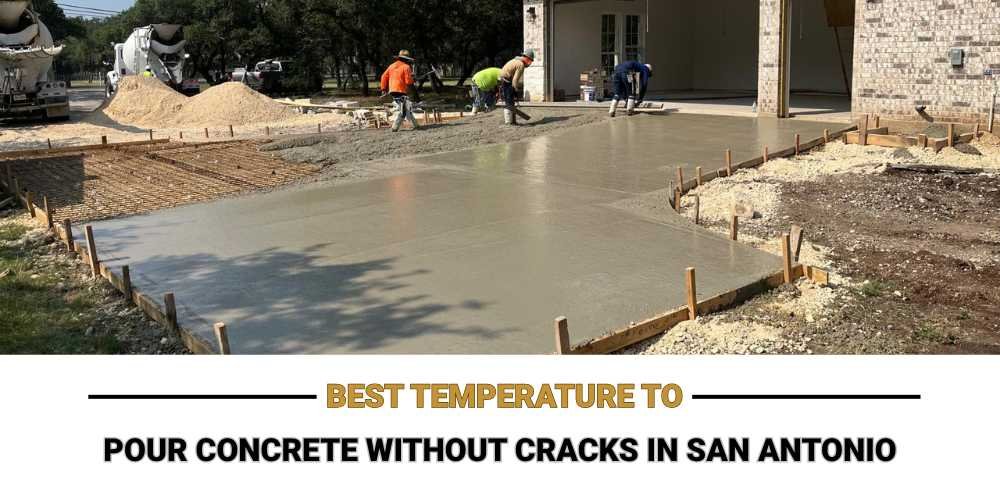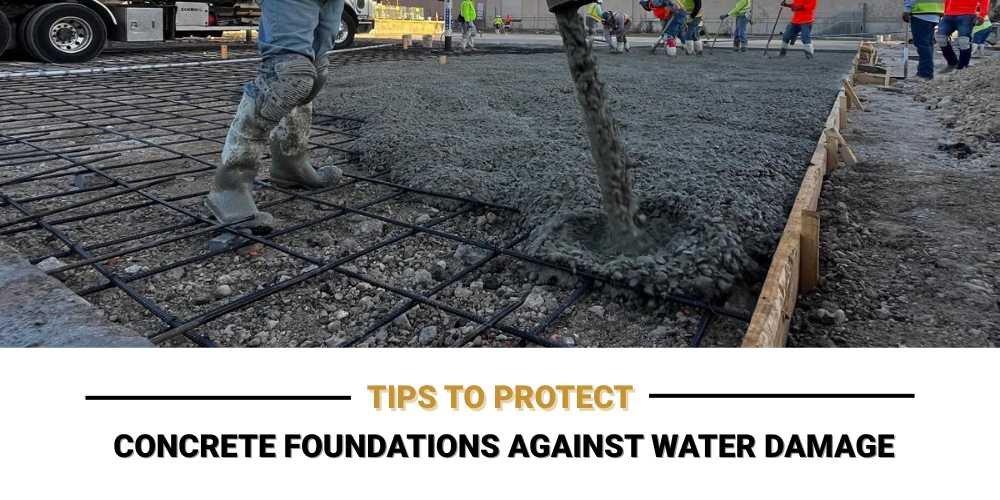Choosing stamped concrete gives outdoor spaces a fashionable and long-lasting look. Its appearance and usefulness tend to attract many homeowners. Many ask—could stamped concrete work for a new driveway, and is it an ideal choice? Continue reading to learn more.
What Is Stamped Concrete and Why Is It Popular for Driveways
Plain concrete is shaped and coloured to imitate natural surfaces such as stone or timber. People often prefer it for driveways because it is durable and visually appealing.
● Decorative Appeal
This method of concrete finishing seems like a top-quality material, but it costs a lot less. As a result, this material suits people who want a fashionable design at a decent price.
● Customization Options
Since there are many colours and styles available, stamped driveways can be made to blend with a home’s exterior or front yard.
● Durability
Proper installation of a concrete driveway means it can handle heavy loads and routine traffic.
● Low Maintenance
A stamped concrete driveway does not need much maintenance, only regular cleaning and sealing. For this reason, it’s a reliable option for the long run.
● Quick Installation
Compared with paving with stones or bricks, driveway stamping can be done more quickly, so it takes less time to finish the project.
● Value Addition
Curb appeal and higher resale value may result from adding a stamped driveway to the property because of its smooth finish.
● Weather Resistance
Because it depends well on rain and sun, stamped concrete is appropriate for use in any climate.
Is It Suitable for Driveways?
Driveways can be made using stamped concrete. To better understand its long-term advantages, read about the key benefits of concrete driveways. It offers the strength of a concrete driveway along with attractive-looking decorative surfaces. If installed and sealed correctly, it is durable against cars’ weight and bad weather and will still look good for years.
Not only does a stamped driveway increase the look of your property, but it also costs less than stone or pavers. If you remember to reseal your driveway and provide some occasional cleaning, it will stay sturdy and appealing. So, it serves well as a practicaland looks good for both home and commercial driveways.
What Is the Downside of Stamped Concrete?
Even though stamped concrete is nice, there are points to consider before you have it installed.
● Cracking Risk
Due to changes in the weather, ground movement, or large weights on them, the stamped version could crack just like a regular concrete driveway.
● Repair Challenges
When there is damage, it may be obvious in the repairs. It is rarely possible to match the stamp’s original colours and look because the embossed material changes as it gets
older.
● Surface Slipperiness
When it is wet, a driveway that has been stamped and coated with a glossy sealant may become risky for pedestrians. However, applying anti-slip additives is optional and comes with extra work.
● Colour Fading
With time, the stamped finish may start to fade due to UV rays and various elements, especially if the seal is not refreshed regularly.
● Cost
Although stamped concrete is less costly than pavers, it usually comes at a higher price than normal concrete due to extra effort and patterns.
● Limited DIY Repairs
It’s best to hire an expert for your stamped driveway project. Patching up small areas in the walls is not easy for homeowners since it is hard to hide the work.
Can You Stamp an Existing Driveway?
Sometimes, stamping can be used on an already-laid concrete driveway. However, Various conditions can impact how well it turns out. If deep cracks or uneven surfaces damage the top, then it is necessary to replace the surface. Here, another layer of concrete, known as an overlay, can be put down and stamped. It achieves the look of a new stamped driveway without taking out the old Ones.
Before stamping the concrete, be sure the base is strong and intact. In this case, Deciding on a full replacement may be better. You should talk to an expert to know if the The existing surface is suitable for stamped concrete. To make the right choice between resurfacing and replacement, it’s helpful to explore the different types of concrete driveways available today.
Things to Consider Before Choosing Stamped Concrete
You should assess a few crucial things before picking stamped concrete for your driveway.
● Climate Conditions
Gap formation and cracking in walls can happen because of the freeze-thaw process in places with extreme cold. Under these conditions, the way the system is installed and sealed becomes very important.
● Traffic Load
Anything with extra weight or lots of parking will put more pressure on a stamped concrete driveway than a driveway used less. Structural properties should be set to match the requirements of the vehicle.
● Maintenance Commitment
It’s important to seal a stamped driveway about every few years for fully protected results. If it is hard to maintain, you may need to choose other kinds of materials.
● Budget Planning
The expense of stamped concrete is in the middle compared to regular concrete and premium pavers. Remember to factor in how much it will cost to put in stone, seal it, and complete repairs.
● Design Preference
A lot of homeowners don’t prefer the decorative style of driveway stamping. Reviewing designs in the form of samples can show whether your expectations are met.
Conclusion
A stamped concrete driveway merges attractive looks with strong durability, so it’s preferred by many homeowners. Its variety of patterns and colors gives it a stylish and appealing look at a low cost. But there are some difficulties as well, including the possibility of cracking and calling for extra care.
No matter if you install a new driveway or resurface an existing one, stamping it can stand out. Appreciating the pros and cons of stamped concrete helps you tell if it will work for your house.
